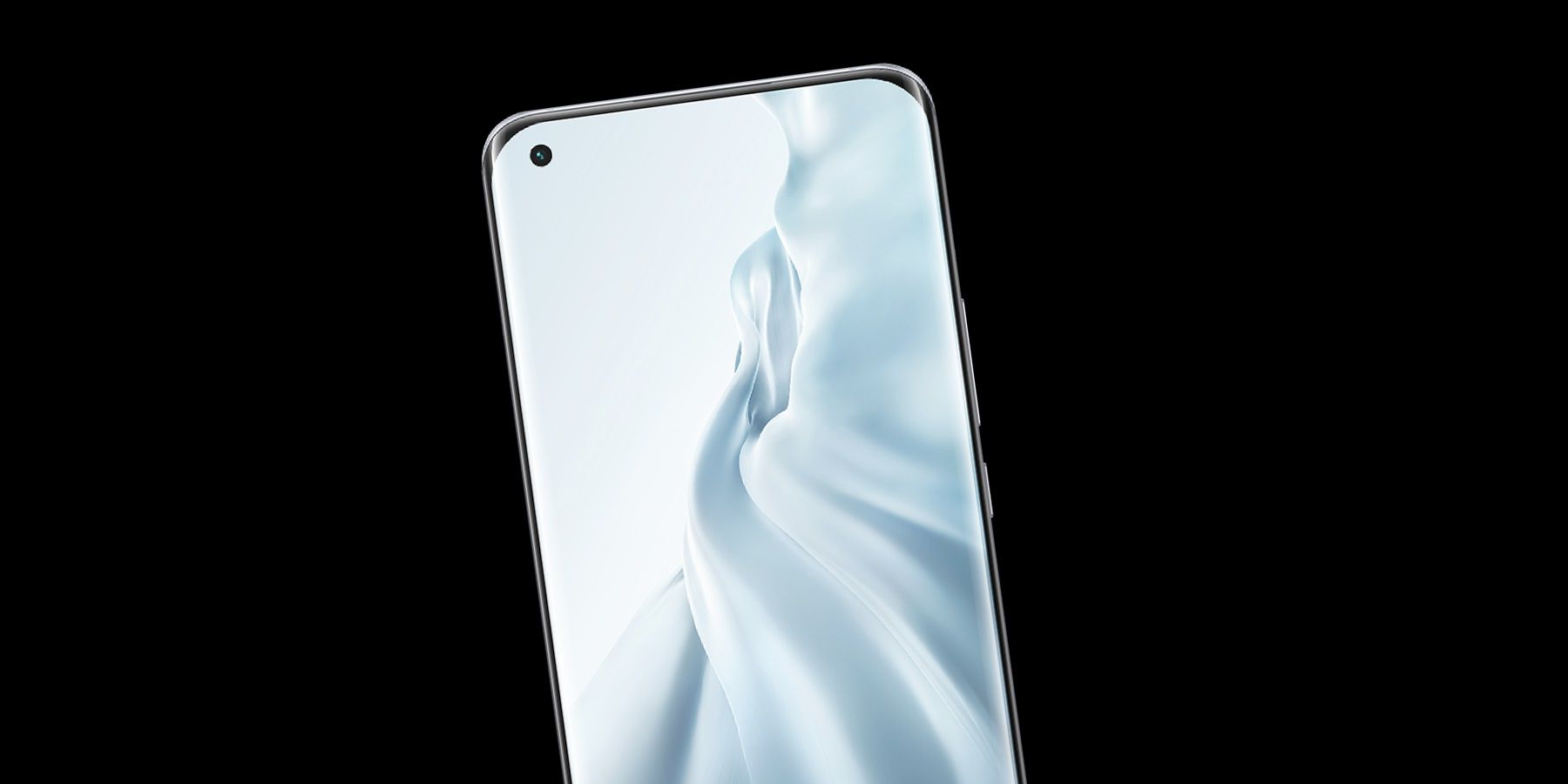Xiaomi’s newly announced flagship phone the Mi 11 boasts a variety of high-end specs, including a display with a peak brightness of 1,500 nits and a touch sampling rate of 480 Hz. Although impressive on paper, how important are these specs, and how do they compare to the variety of other phones released this year?
The Chinese smartphone manufacturer has been gaining significant ground in smartphone sales in recent years. While perhaps not a household name in North America, Xiaomi managed to outsell Apple in Q3 of this year, making it the number three smartphone seller globally after Samsung and Huawei. With the new Xiaomi Mi 11, the company will likely come out punching in 2021 as well.
The Xiaomi Mi 11 features a 6.81-inch 2K quad-curved AMOLED screen and some of its advertised specs are better than what can be found on any phone released this year. The phone typically uses around 900 nits but has a peak brightness of 1,500. Nits are a way to measure how bright a screen can get and this measurement means that the Mi 11 can output up 1,500 candelas (a base measurement of luminous intensity) per square meter. This is important because displays with more nits will be easier to see in bright surroundings, such as direct sunlight, than screens with a lower peak brightness. The Mi 11 beats all of the competition here with only the Samsung Galaxy Note 20 Ultra featuring the same advertised level of peak brightness.
However, testing by screen calibration software maker DisplayMate shows the Mi 11 wins in the end. Its testing determined that the Xiaomi Mi 11 had an actual peak brightness of 1,771 nits for low average picture level (APL). Meanwhile, it had previously rated the Note 20 Ultra at 1,609 nits in low APL. The iPhone 12 line, in comparison, advertises a peak brightness of 1,200 nits. In terms of touch sampling rate, the Mi 11 is also unmatched. It offers 480 Hz, which means the touchscreen searches for the user’s input 480 times in one second. This blows every other phone out of the water as very few phones offer better than a 240 Hz touch sampling rate, while many, including the iPhone 12 line, are stuck at 120 Hz.
Do These Features Make It The Best Screen?
While the peak brightness and touch sampling rates of the Xiaomi Mi 11 are unmatched, these features alone may not make mean it has the best all-around smartphone display. For example, while it could very well be the best phone for direct sunlight, most people aren’t using their phones exclusively on the beach or while sunbathing on their deck. Due to this, people don’t need their phones to be that bright the majority of the time.
Although the touch sampling rate is 480 Hz, it doesn’t necessarily mean the phone will respond two to four times faster than other phones on the market, as that is also determined by the refresh rate. The Mi 11’s display has a 120 Hz refresh rate, which means it updates with new images 120 times a second. While this is still an impressive spec, and an update from the M10 line, the Mi 11 is not the first phone to offer this refresh rate with Samsung, Apple, OnePlus, and others already offering smartphones with 120 Hz displays.
In fact, there are already some phones on the market, such as the Asus ROG Phone 3, which boast a 144 Hz display. So if say, the person is playing Fortnite or another game, where the screen needs to constantly refresh, the ROG Phone 3 with its 144 Hz refresh rate and 270 Hz touch sampling rate may in fact work better than the Mi 11’s 120 HZ display with 480 Hz touch sampling rate. Then again, the difference may be negligible. Either way, though, the Mi 11 would likely outperform most other phones here.
No matter what, the phone’s display will likely please consumers. The display has a pixel resolution of 3,200 x 1,440, putting it on par with Samsung’s Galaxy S20 and Note 20 lines, which previously offered the highest resolution on any smartphone. DisplayMate gave the Xiaomi Mi 11’s screen an A+ overall, its highest rating. Throwing in the other specs, which include Qualcomm’s newest Snapdragon 888 SoC and a 108-megapixel 8K main camera, could make it a popular choice. The Xiaomi Mi 11 is available to order now in China, starting at RMB 3,999 (roughly $610).
Source: Xiaomi, DisplayMate
About The Author
